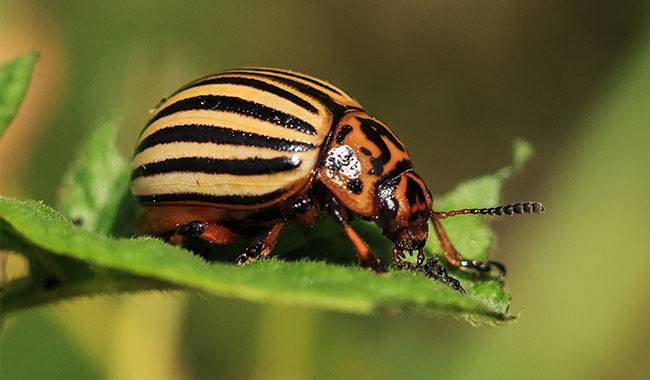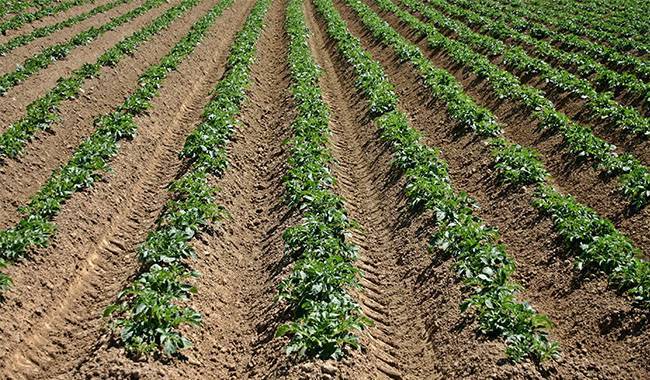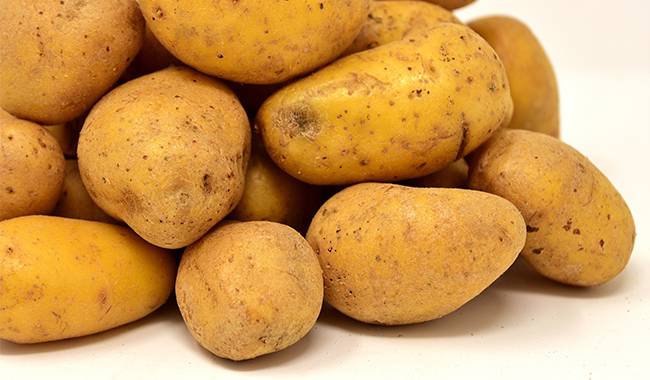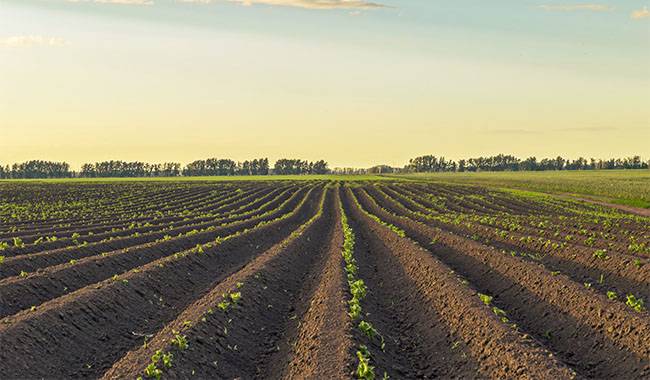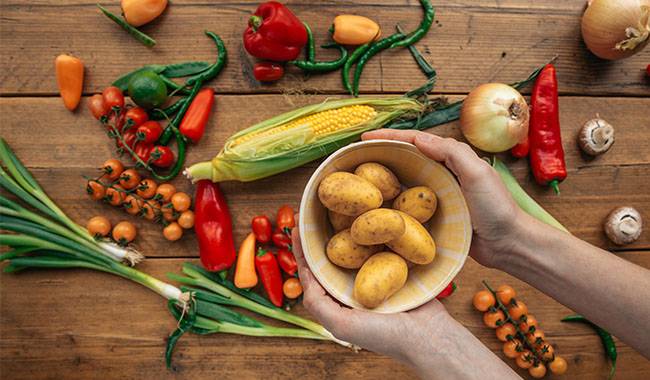
Potatoes present a unique challenge when planning your garden, as there are many plants that grow well in close proximity to potatoes, but there are also plants that should be avoided in their vicinity.
Understanding companion plants for potatoes strategies will help you understand how best to plan your garden and where to plant potatoes without using a lot of heavy-duty chemical pesticides.
These guidelines for companion planting are just suggestions to keep in mind. Every garden is unique and many factors should be considered during the planning stage.
These factors include the sun, weather, ecology, pollinators, insect populations, soil structure and chemicals, and water supply.
Thumbgarden has conducted significant research on these companion planting guidelines and has determined the best results and rationale for each of our recommendations.
Recommend you to read “How to plant potatoes? Start from the seed“
THE BENEFITS OF COMPANION PLANTING INCLUDE
Minimized risk: Companion planting increases the chances of high yields even if one crop fails or is affected by natural afflictions such as weather, pests, or disease.
Crop Protection: Companion planting can provide a more refined plant shelter from weather such as wind and sun by growing next to another plant and providing shade and protection while having its own natural defenses against adverse conditions.
Trap Planting: Companion planting is the ultimate organic pest management system. Some plants help repel harmful pests, while others can be used to lure pests away from the garden. This is called trap pruning.
Active hosts: Planting near plants that produce excess nectar and pollen increases the number of beneficial pests that will deal with the pests.
Non-competitive growth habits: Plants may have different but complementary growth habits that do not compete with each other. For example, pairing tall, upright plants with ground-hugging vines can increase the efficient use of garden space. Or pairing deep-rooted vegetables with shallow-rooted vegetables can provide similar efficiencies.
Similar growing needs: Plants may also have similar needs for fertilizer, water, or sunlight, which makes them easier to care for. For example, pairing plants that require high levels of water together makes it easier to water all plants at the same time.
Pest deterrence: Certain plants can repel certain pests that feed on specific plants. For example, marigolds are a good companion for many plants for this reason. Other plants actually absorb beneficial insects, and these harmful insects can act as natural enemies of harmful insects.
Soil balance: Plants use different nutrients in the soil, preventing depletion of the soil and reducing the need for fertilization.
Nutrient enrichment: Some plants can actually improve the nutritional value of the soil. For example, legumes are good companions for many plants because they “fix” nitrogen and make it available to many other plants.
Flavor enhancers: When certain plants are grown close together, they may enhance the flavor of other edible plants.
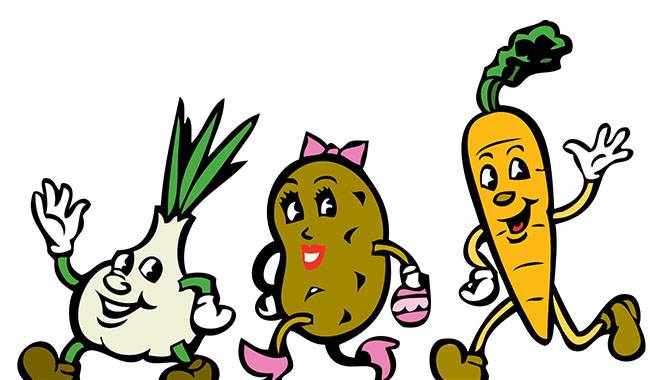
GOOD NEIGHBOR PLANTS FOR POTATOES INCLUDE
Alyssum
Basil
Beans
Cabbage
Catnip
Chamomile
Coriander
Corn
Horseradish
Lettuce
Marigolds
Nasturtium
Parsley
Peas
Petunias
Radishes
Scallions
Spinach
Tansy
Thyme
Yarrow
EXPLANATION
Knowing what not to plant near potatoes is certainly important, but knowing a comprehensive list of effective plants to plant nearby opens up many planting options for your garden.
Potatoes are deep-rooted plants, so many gardeners prefer to pair them with plants that won’t interfere with the root system.
Excellent choices in this regard include
Spinach
Lettuce
Basil
Parsley
Other plants included in this list are those that are thought to enhance the flavor of potatoes, such as
Cabbage
Corn
Beans
And, other plants are also considered good neighbors because they help increase the nitrogen content of the soil and contribute to the success of the potato crop. Plants that fit this description include
Beans
Legumes
Although potatoes usually do not like to compete with other tuberous crops, horseradish is actually considered an excellent companion plant for potatoes.
Because horseradish is a natural pest and disease repellent, it contributes to a healthy potato crop and helps with soil pH.
A good companion plant for potatoes for flowers and herbs?
Although basil and parsley have been on the list before, several other flowers and herbs are also popular when it comes to companion potato growing.
Often, the variety of herbs and flowers nearby will attract useful bugs and repel harmful ones (not in the glory of Mother Nature!).
The best flower and herb choices near potatoes are
Chamomile
Marigold
Coriander
Catnip
Thyme
Petunias
Nasturtium
These companion plants with flowers and herbs not only contribute to a healthy and productive potato crop but also add visual appeal and a variety of delicious herbs to your garden.
AVOID PLANTS GROWN NEXT TO POTATOES
Carrots
Cucumbers
Eggplant
Fennel
Onions
Peppers
Pumpkins
Raspberries
Squash
Sunflowers
Tomatoes
Turnips
Before you know what to plant near potatoes, consider which plants are not good for potatoes.
Because potatoes need lots of sunlight, nutrients, and steady water, certain plants can be hindered in their success by being grown close to them.
Whether it’s because they are susceptible to the same pests and diseases or may affect the flavor of the potato crop.
Always remember that gardening is not only trial and error, but also professional knowledge and experience.
You may find that one companion plant will handle your potatoes well one year and fail the next.
Trying different rotations and schedules each year will increase the potential for success and keep your soil healthy year after year.




